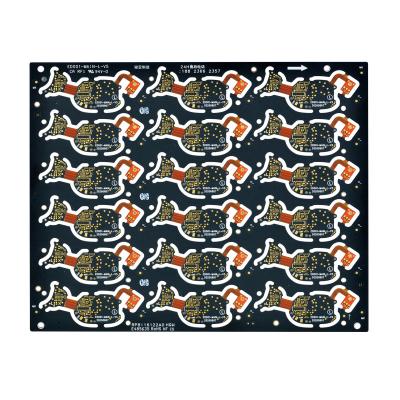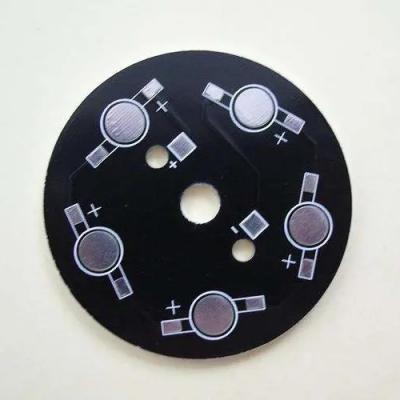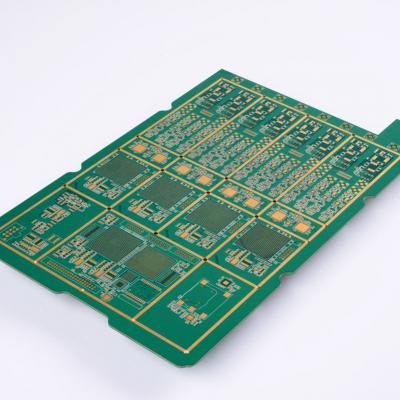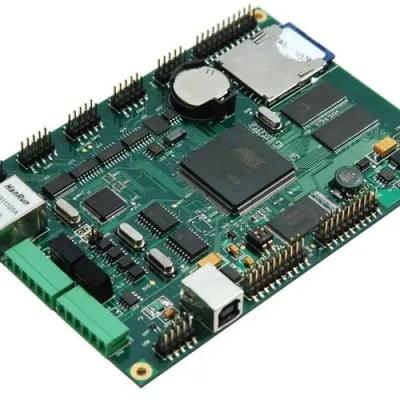Why Always Using Even Layers Multilayer Printed Circuit Boards?
Generally, PCB boards are divided into are single-side, double-side, and multi-layer. Multilayer printed circuit boards are not limited by the layer-count, now they say the number of layers of the multilayer printed circuit boards can reach 100+ layers, in which however 4-layer boards, 6-layer boards, and 8-layers boards are the most used.
Then you probably wonder why the commonly used multilayer printed circuit boards are always even-number of layers? Actually, 3 layers PCB does exist, they have rarely used because 4 layers PCB can cover all that a 3 layer PCB can do while has more advantages.

1.The Manufacturing Cost
Because of the lack of one layer of insulation and foil, the cost of an odd-number multilayer printed circuit board's raw materials is slightly lower than that of an even-number layered board. However, the processing cost of the odd-number multilayer printed circuit board is significantly higher than that of the even-number layered board. The processing cost of the inner layer is the same, but the foil/core structure significantly increases the processing cost of the outer layer.
An odd-layered multilayer printed circuit board requires a non-standard stacked core layer bonding process, which will low down the efficiency of PCB manufacturing. Prior to lamination bonding, the outer copper core requires additional processing, which increases the risk of scratches and etches errors on the outer layers.
2. To Avoid Bending
Another important reason to design a non-odd layered multilayer printed circuit board is that odd-layered circuit boards are easy to get bent. When the multilayer printed circuit board is cooling after the lamination bonding process, the different lamination tensions might cause the PCB to bend. As the thickness of the multilayer printed circuit board increases, the bending risk of a composite PCB with two different structures increases.
The key to eliminating board bending is to employe a balanced stack-up. Although a few degrees of bending is allowed, the subsequent processing efficiency will decrease, resulting in an increase in total cost. Because special equipment and processes are required for PCB assembly, a slight pick-n-place offset caused by board bending may damage the quality.
To make it easier to understand, in the PCB process, the 4 layers PCB is easy to control than the 3 layers PCB, mainly in terms of symmetry, the warpage of a 4 layers PCB can be controlled below 0.7% (IPC600), but when the dimension of a 3 layers PCB is large, the warpage rate will exceed this standard, which will affect the reliability of the SMT patch and the entire product. Therefore, the odd-layered multilayer printed circuit board is rarely employed even if the design can realize the function, 3 layers PCB will be designed to 4 layered instead.
For the above reasons, meanwhile in actual manufacturing, the quoted price of an odd-layered (N) multilayer printed circuit board equals the N+1 layered board, so most designs are even-number layered.
If an odd layout is required in the design
How to achieve balanced stack-up, reduce manufacturing costs, and avoid PCB bending?
Divide a layer into two. This method can be used if the number of power planes of the design is even and the odd signal layers. The added layer does not increase the cost, but it can shorten the delivery time and improve the quality of the multilayer printed circuit boards.
Add an additional power layer. This method can be used if odd power planes meanwhile even signal layers. An easy way is to add a GND in the middle of the stack-up without changing the other settings. Firstly, layout as an odd-layered circuit board, then add a middle GND and mark the other layers, the electrical characteristic will be the same as to thicken a GND layer.
Add a blank signal layer near the center of the stack-up. This approach minimizes stacking imbalance and improves the multilayer printed circuit boards' quality. Layout as an odd-layered board, add a blank signal layer and mark the other layers. It is usually used in microwave circuits and mixed media circuits.
 Meizhou Ruiputuo Technology Co.,Ltd
Meizhou Ruiputuo Technology Co.,Ltd 


